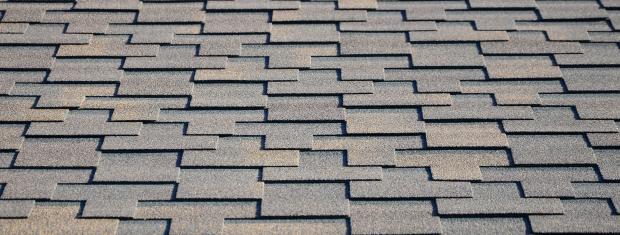
3 Reasons to Upgrade to an Impact-Resistant Roof
If you’re one of the millions of American homeowners who reside in a region with intense and frequent storms, then you may want to consider upgrading your roofing shingles to safeguard your roof from devastating storm damage.
Golf-ball-sized hail, high winds, airborne debris – these are major threats to your roof. Unlike standard roofing shingles, impact-resistant (IR) roofing shingles are designed to minimize roof damage when faced with a severe weather event. Here are three reasons to consider investing in an impact-resistant roof:
1. Strength & Durability
Roofing shingles are rated on a scale of 1 – 4, with Class 4 shingles as the highest level of impact resistance. Typically, Underwriters Laboratories (UL) and FM Approvals are the companies that rate qualifying shingles after they’ve passed two tests with no evidence of damage such as cracking, splitting or breaking. To receive a Class 4 rating, a roofing shingle must withstand having a 2-inch steel ball dropped multiple times from a height of 20 feet.
Non-impact resistant roofing shingles are more easily damaged when struck by hail and other debris during a storm. Impact-resistant shingles are engineered to withstand high winds and hail damage, with a Class 4 rating. Typically, impact-resistant shingles are engineered in two ways:
- A reinforcing, polymer-based mesh is added to the back of a standard asphalt shingle. This mesh is embedded into the asphalt and helps hold the shingle together, preventing the shingle from splitting when impacted by a hailstone or other object.
- Rubber-like polymers, such as SBS (styrene-butadiene-styrene), are added to the asphalt composition. The integration of the SBS polymer blend with the asphalt produces a rubberizing effect, creating a shingle that is more flexible and more capable of recovering from hail impact.
2. Longevity
The average lifespan of a roof is typically 20 years, give or take. However, in areas with frequent severe weather events, some roofs can suffer extensive enough damage to require replacement within 7-10 years.
By upgrading to impact-resistant shingles, you decrease the likelihood of suffering roof damage, repairs and the need for replacement. As your roof’s first line of defense, intact, undamaged shingles will offer optimal protection season after season.
3. Fire Protection
How impact-resistant shingles are manufactured has a lot to do with their resistance to fire, as well. Fire resistance is based on two test standards: UL 790 and ASTM E 108. There are three levels of fire resistance; Class A is the highest level:
- Class A: Effective against severe test exposure, affords a high degree of fire protection to the roof deck
- Class B: Effective against moderate test exposure, affords a moderate degree of fire protection to the roof deck
- Class C: Effective against light test exposure, affords a light degree of fire protection to the roof deck
The majority of Class 4 impact-resistant shingles are also Class A fire rated, offering more than protection from severe weather.
If your roof is getting close to the end of it’s lifespan or you are simply ready to do away with persistent roof repairs, investing in impact-resistant shingles is likely a great investment for you!


